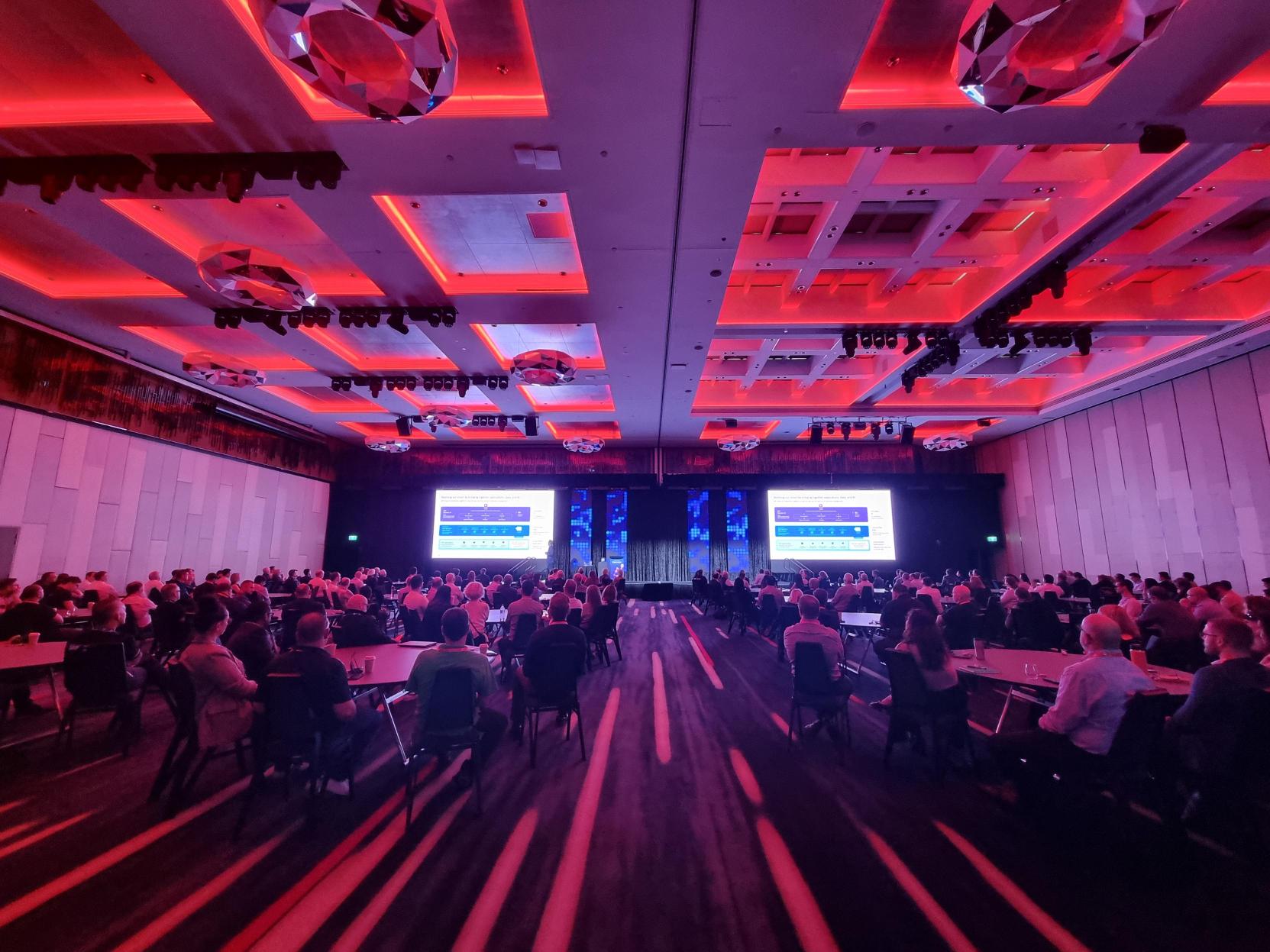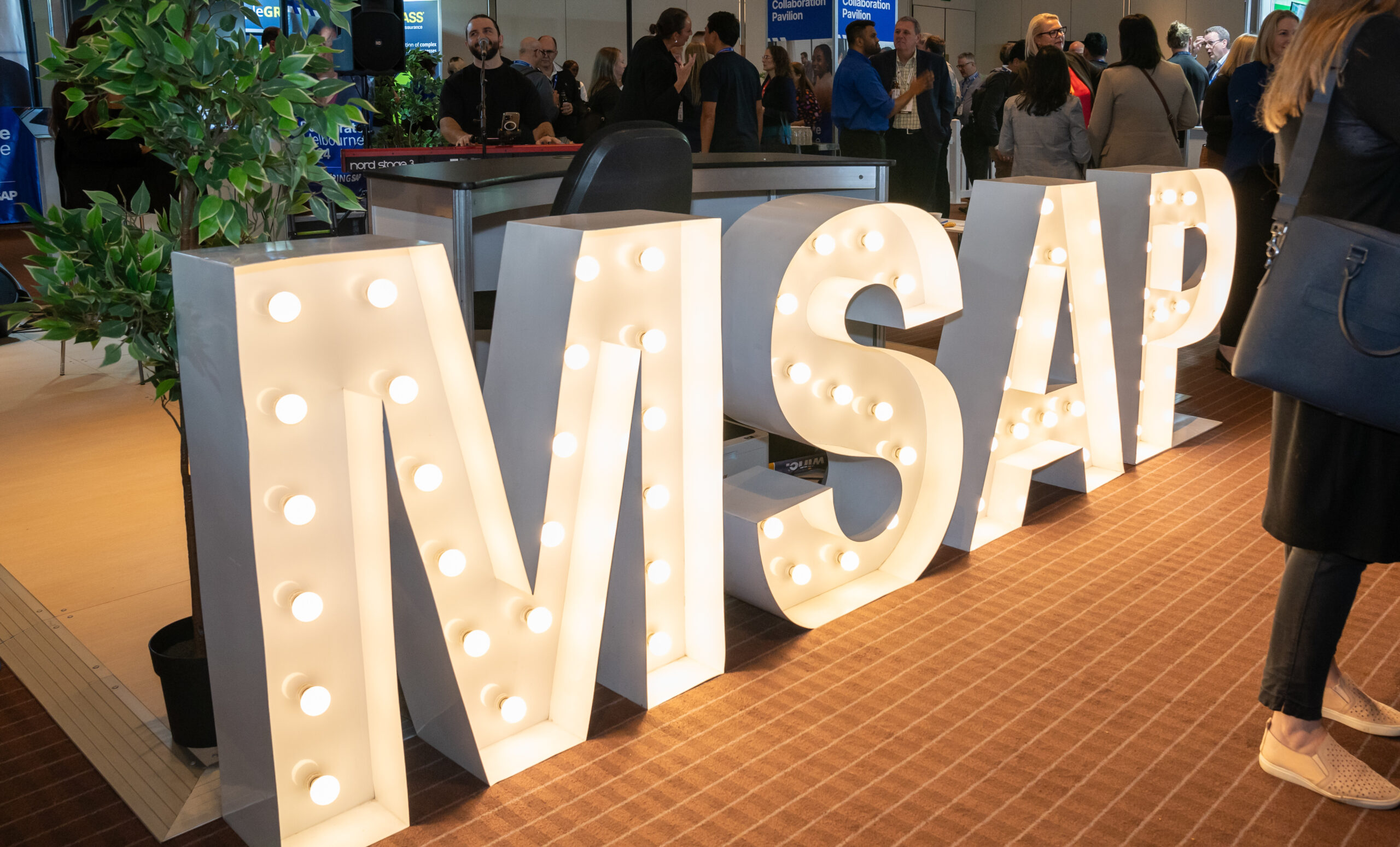Is APJ the Jewel in the SAP Crown?
Key Takeaways
⇨ 1. AI is transitioning from experimentation to execution, becoming a vital component of daily operations, enabling businesses to make smarter, faster decisions.
⇨ 2. The push toward a clean-core ERP is evident, with organizations focusing on maintaining standard systems while leveraging cloud solutions to enhance flexibility and upgrade readiness.
⇨ 3. Data strategy and governance are critical for transformation, as enterprises shift from static reporting to dynamic insights, making data central to initiatives across various departments.
SAP’s Q3 2025 results confirmed what has been an ongoing trend for many quarters: Asia Pacific & Japan (APJ) is now SAP’s fastest-growing market, posting double-digit cloud revenue growth powered by RISE with SAP and Business Technology Platform (BTP) adoption. That momentum sets the scene for Mastering SAP Collaborate, an SAP TechEd on Tour event, in Sydney bringing together end users, industry experts, and partners to explore how innovation becomes execution in the real world.
1. AI Moves From Experiment to Execution
Artificial intelligence is woven through this year’s agenda. Sessions on SAP Joule, Generative AI Hub, and agentic automation show how AI is moving from concept to daily practice. The Team Liquid keynote offers a vivid illustration: its esports teams use AI and analytics to make faster, smarter decisions — the same capabilities enterprises now need to scale performance without adding headcount.
Across industries, the message is practical. AI isn’t a side project or proof-of-concept anymore; it’s becoming an everyday productivity layer that shortens cycle times, improves decisions, and frees people to focus on value creation.
2. The Clean-Core Era Becomes Real
A major storyline in 2025 is the push toward a clean-core ERP — keeping the system standard while extending through the cloud. The shift is visible in real customer stories.
UGL’s six-month S/4HANA on RISE migration handled 26 000 custom objects with AI-driven code remediation, demonstrating how automation can de-risk major transformations. Independent experts such as Matt Harding and Alisdair Templeton examine what clean core means in practice — from architectural discipline to mentoring developers who can balance agility with governance.
Rather than chasing a theoretical “perfect” core, organisations are learning to define what clean enough looks like for their business, preserving flexibility while staying upgrade-ready.
Explore related questions
3. Data Is the Transformation
Data strategy, quality, and governance run through the entire event. With the emergence of SAP Business Data Cloud (BDC) and Datasphere, enterprises are moving from static reporting to dynamic, AI-enabled insight.
Contact Energy NZ details its move from reactive reporting to predictive finance using SAP Analytics Cloud, while Pan Pac Forest Products shares how connected data architecture proved critical after Cyclone Gabrielle disrupted operations. These stories highlight that reliable, governed data is now the foundation for every clean-core or AI initiative and not an afterthought.
For finance, supply chain, and sustainability teams alike, data is no longer a back-office concern; it’s the connective tissue of transformation.
4. Security and Integration Underpin Everything
Behind every innovation sits the unglamorous work of integration and security. Sessions on Edge Integration Cell and Zero-Trust identity management tackle the new reality of hybrid IT landscapes, where on-premise systems coexist with multiple clouds.
Organisations across APJ face rising regulatory and cyber expectations. The emphasis at Sydney is on practical defence – identity-first design, unified monitoring, and secure data exchange – rather than abstract frameworks. Getting these fundamentals right is what enables faster innovation later.
5. Automation That Actually Works
Automation now cuts across all business domains. From utilities to manufacturing, real-world stories show how robotic process automation and workflow tools are driving measurable outcomes.
At The Arnott’s Group, automation reduced process exceptions and manual handling across procurement and finance. Other sessions explore how plain-language design tools in SAP Build are making it easier for business users to automate approvals and document processing without technical debt.
The focus is pragmatic – it’s about doing more with the technology already owned, not chasing another platform purchase.
6. Finance Re-Imagined
Finance transformation continues to anchor the event. Nutrien Ag Solutions demonstrates how integrating SAP SuccessFactors with S/4HANA linked workforce and financial data to improve compliance and save millions annually.
Other sessions explore extended planning and analysis (XP&A); connecting budgeting, forecasting, and supply chain planning into one continuous process. The emphasis is on accuracy, agility, and collaboration between finance and operations.
As one speaker put it, finance isn’t the passenger on transformation projects anymore – it’s the co-pilot.
7. Community and Capability Building
The Sydney event doubles as a skills accelerator. Hands-on labs and the Developer Garage let participants build, test, and troubleshoot real code using ABAP Cloud, SAP Build, and Business AI.
Equally valuable are the independent and end-user sessions — developers, architects, and project leads sharing what actually works. Stories from Water Corporation, Endeavour Energy, and Santos are reminders that transformation depends as much on culture and collaboration as on software.
For many attendees, this blend of technical depth and peer warts-and-all sharing of experiences helps deliver insights that can be applied ack at work on Monday.
8. Why APJ Matters Now
SAP’s quarterly report makes it plain: the company’s global growth engine is here. From Australian utilities modernising core ERP to Southeast Asian manufacturers embracing automation, APJ is where SAP’s newest technologies are being tested and refined.
Hosting SAP TechEd on Tour in Sydney acknowledges that innovation is flowing both ways – not just from Walldorf outwards, but from regional pioneers back into SAP’s global roadmap.
9. The Pragmatic Future of SAP Transformation
The program highlights authentic experiences and understanding. Across AI, clean core, and data governance, the common thread is learning from what works — and what doesn’t.
As APJ leads SAP’s global growth, the region is also defining its character: technically ambitious but commercially grounded, open to experimentation yet focused on business outcomes.
In that sense, Mastering SAP Collaborate 2025 is more than a conference. It’s a snapshot of how this community turns technology into real progress – one practical step at a time.




